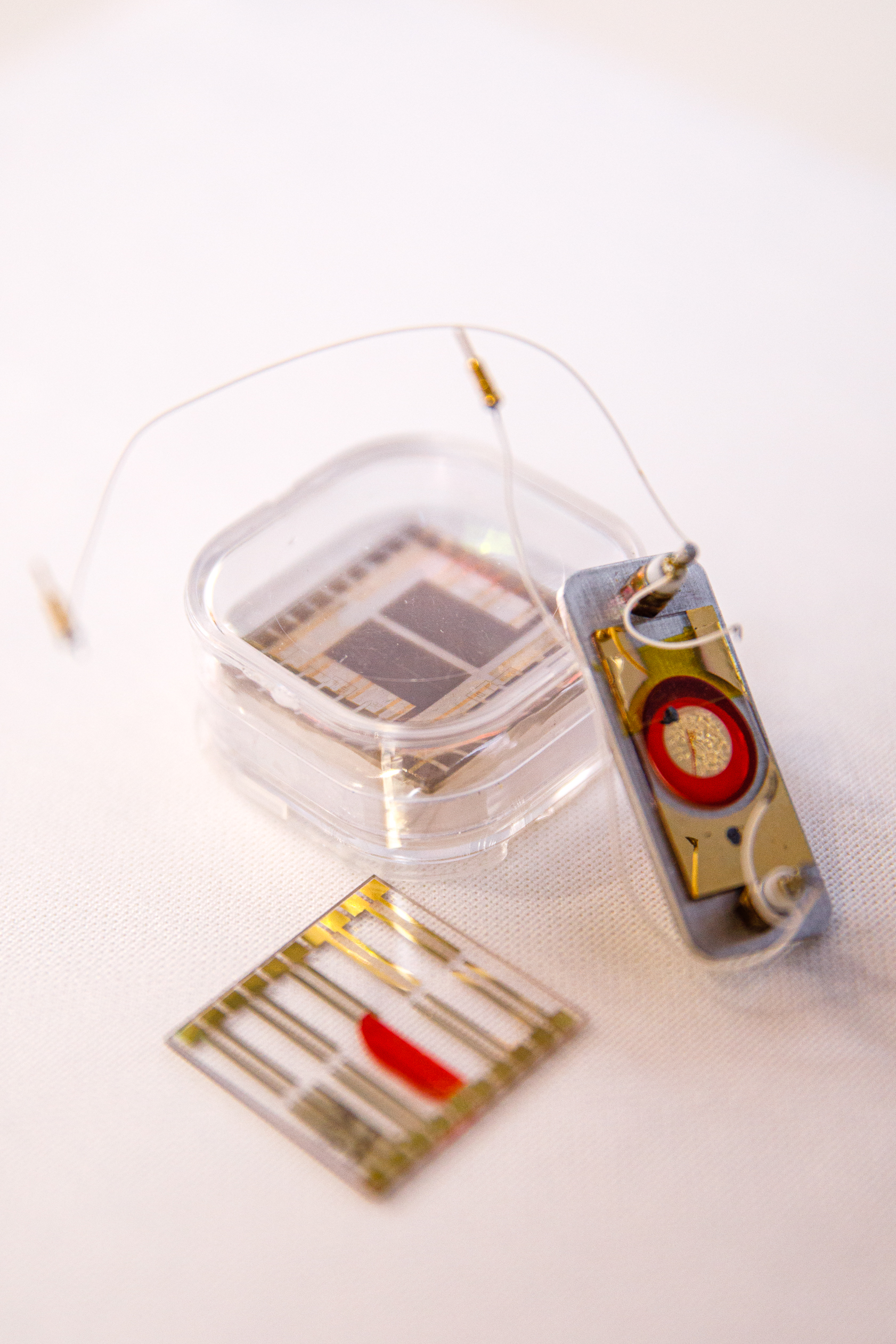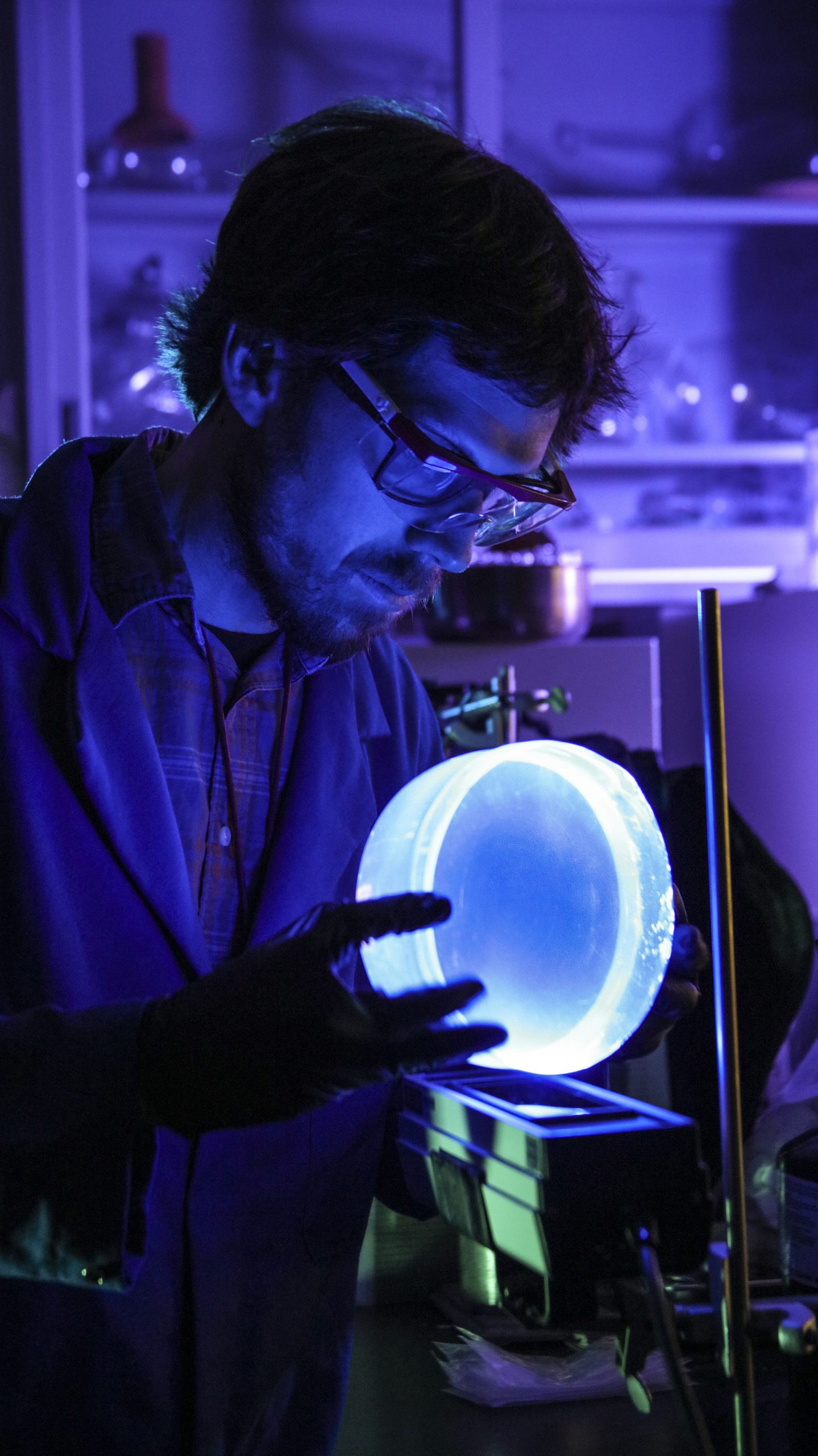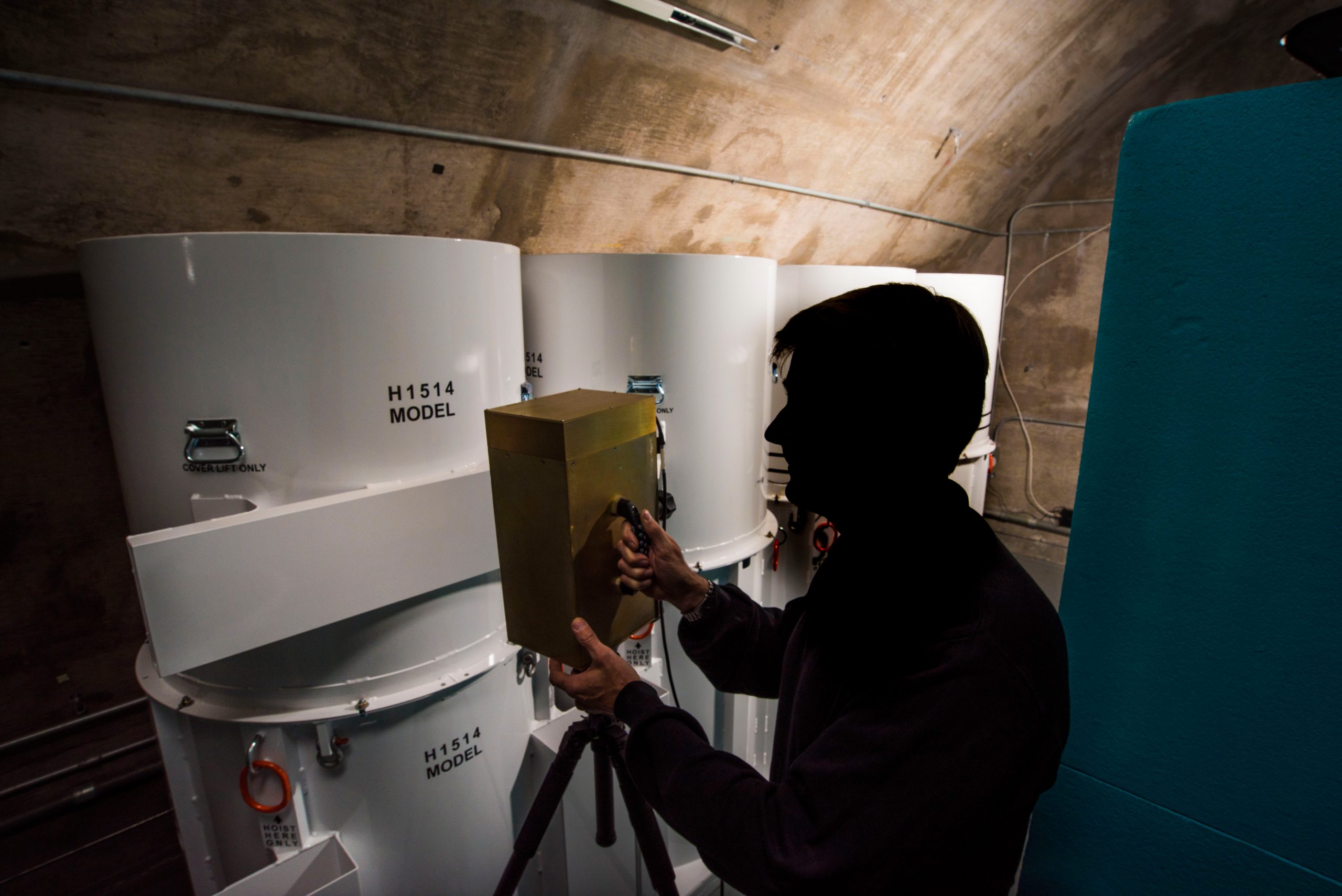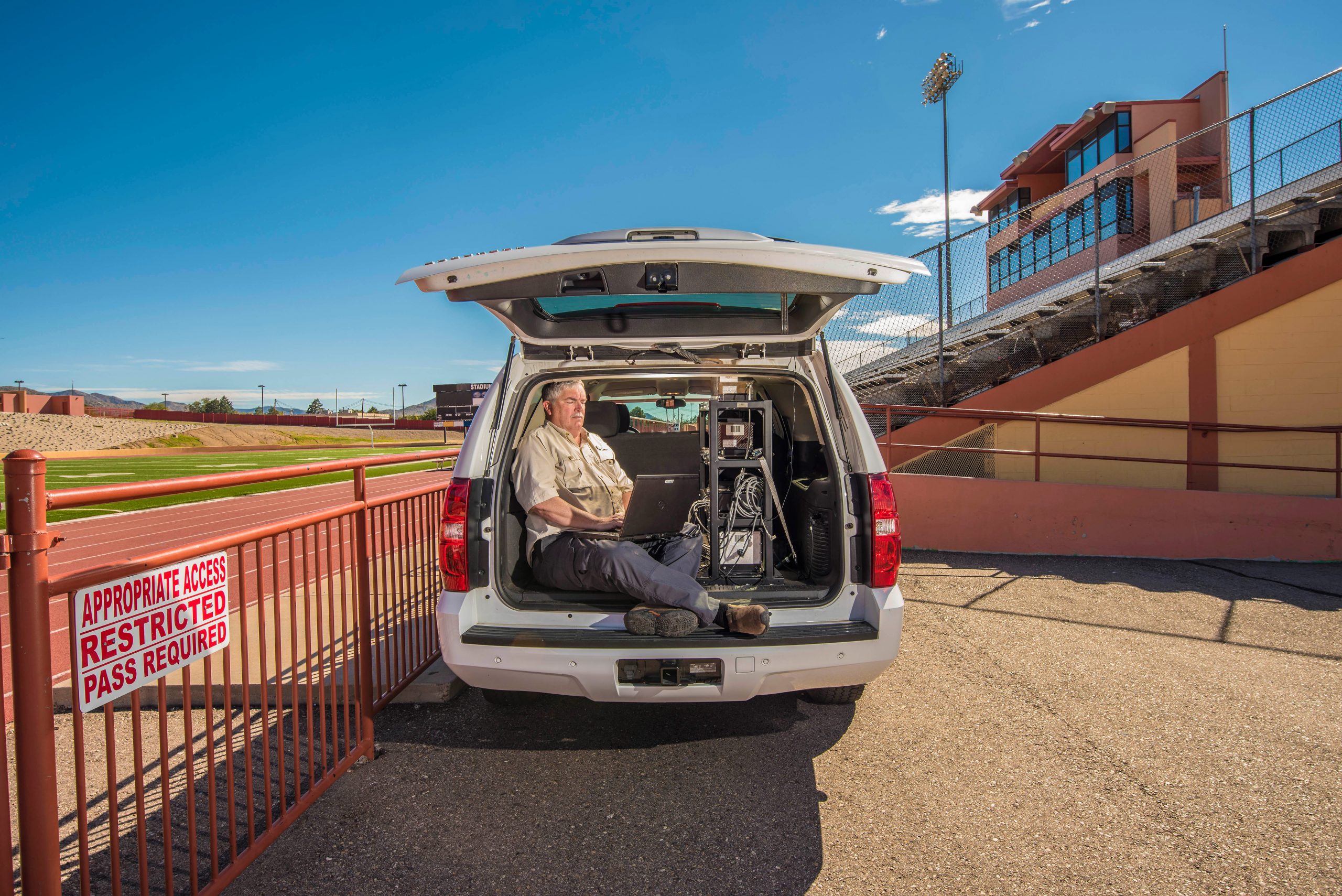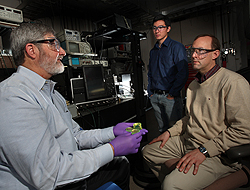October 23, 2023 • LIVERMORE, Calif. — Using a simple concept and a patented Sandia sensor that detects radioactive materials, a team at Sandia National Laboratories has developed a patch to stop damage to healthy tissue during proton radiotherapy, one of the best tools to target certain cancerous tumors. “This is an important need,...
